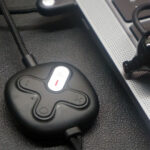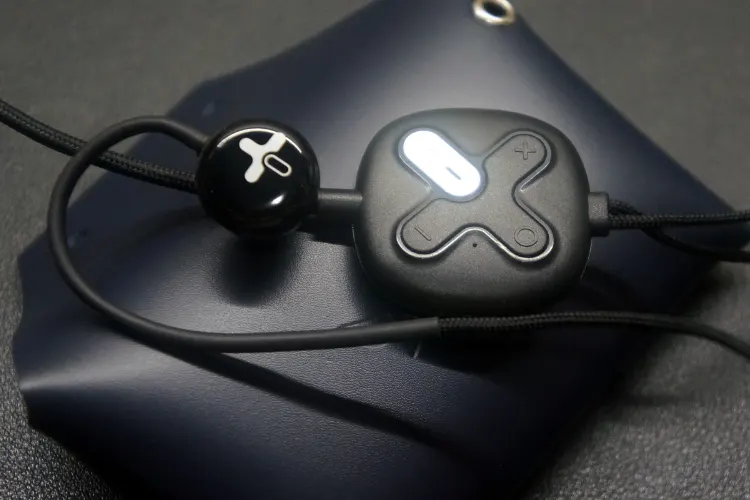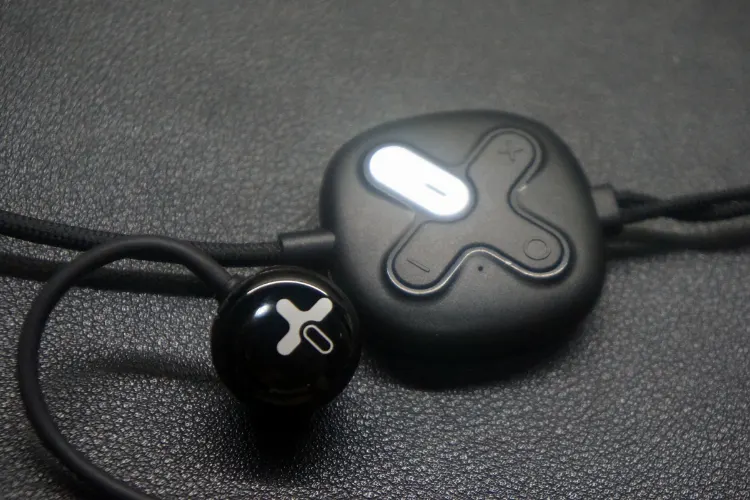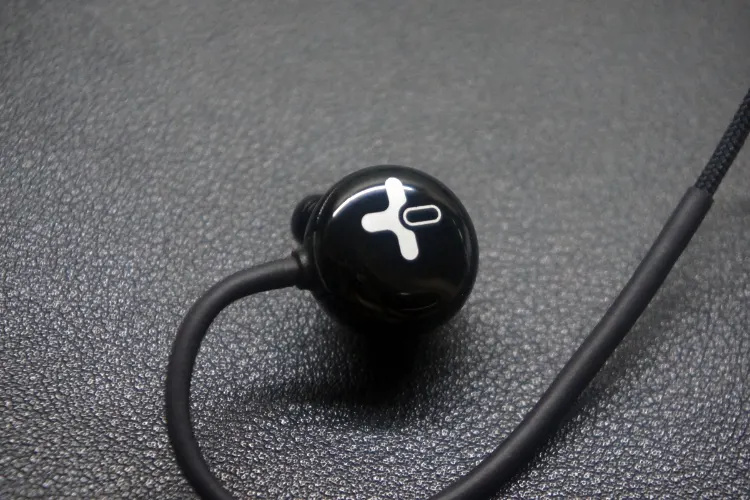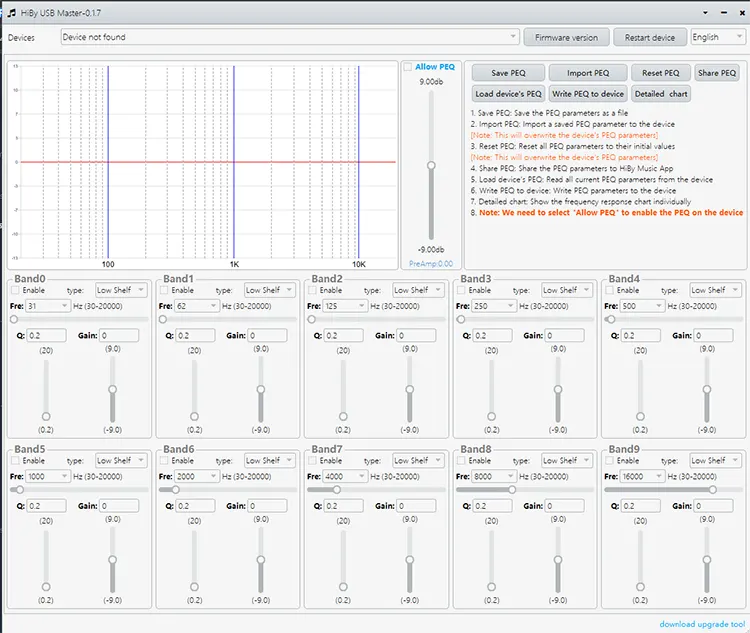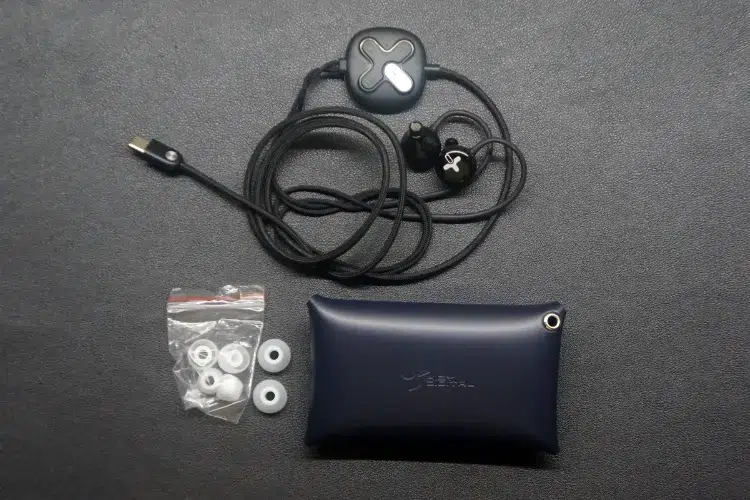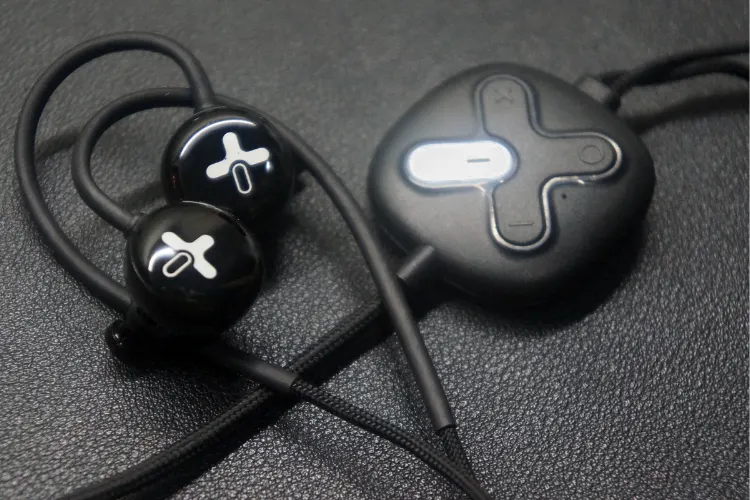Today, Meldrick reviews the HiBy Digital XENO, a hybrid xMEMS Cowell and 10mm graphene dynamic driver IEM with a built-in dual DSD128-capable DAC. It has an MSRP of $149 and an early bird price on Kickstarter starting from $99.
Disclaimer: This sample was sent to me in exchange for my honest opinion. Headfonics is an independent website with no affiliate links. I thank HiBy Digital for their support.
You can click here to read more about the HiBy products we have previously featured on our website.
Note that this article follows our latest scoring guidelines which you can read in more detail here.
Released under HiBy Digital, a HiBy sub-brand with products such as the M300 that caters to more mainstream portable audio and media consumption, the XENO is the company’s first hybrid xMEMS hybrid IEM.
It combines a Cowell xMEMS driver with a single graphene dynamic driver in one compact form factor with an early bird price of around $99 and an MSRP of $149.
Complete with a non-detachable dual-DAC USB-C cable, the XENO stands out in a sea of typically detachable cable ChiFi IEMs in the same price range.
To see if the XENO’s unique form factor and driver configuration translate into a good audio performance, you can read my full review and comparisons below.
Features
HiBy Digital’s XENO is one of the first wired IEMs to come with a Cowell xMEMS driver, a driver technology that has only recently entered the world of consumer audio.
These drivers are fabricated by etching a diaphragm onto a silicon substrate. As electrical signals pass through the substrate, micro-vibrations are created in the diaphragm, creating sound. This enables ultra-fast transient response with clean and crisp detail retrieval.
Powering xMEMS and Dynamic drivers is a unique dual DAC configuration. Since the xMEMS and dynamic drivers require different voltage biases, HiBy digital implemented 2 separate DACs, the ES9018C2M and CS43131, to each exclusively drive just one of the drivers.
A unique combination of dual DACs and a new Cowell xMEMS driver meant that the XENO needed to be terminated to a digital input such as USB-C.
The attached USB-C cable comes with a convenient control puck that allows for volume adjustment, profile switching, and voice calls through its included microphone.
Design
To accommodate the unique pairing of an xMEMS and Dynamic driver, HiBy Digital needed to develop a new shell design with separate rear chambers for each driver. To manufacture such a complex shape, HiBy Digital uses 3D-printed manufacturing techniques, a commonplace in most ChiFi IEMs.
The shell is composed of a separate 3D-printed faceplate and a 3D-printed shell. Since the XENO has an attached wire, a U-shaped rubber cable housing is sandwiched between the two plastic halves.
The shells have a simple, black glossy finish that is quite resistant to fingerprints and scratches, but still shows oils after a few days of use. The IEMs are considerably smaller than most other IEMs I’ve tried, making them some of the lightest IEMs I’ve tried as well.
The XENO uses a double-vented design, with one on the faceplate and another under the shell’s nozzle. The XENO’s nozzle is shorter than most IEMs I’ve tried, making it difficult to form a proper seal when putting in the IEMs for the first time.
Aside from the engineering poured into developing a new chamber structure, the XENO’s external design is uninspiring. The choice of materials and finish is on par with other ChiFi IEMs in the price range.
Its comparatively smaller size makes it lighter than most IEMs I’ve tried, but this comes with comfort issues as well.
Comfort & Isolation
With its minuscule 3D-printed shell, I can barely feel the weight of the IEMs when placed inside my ear. However, as I alluded to earlier, the short nozzle makes finding a proper seal quite difficult.
Specifically with the right earpiece, I found that pressure builds up when the nozzles are not situated perfectly in my ear canal, creating an irritating high-pitched noise resembling the sound of driver flex. After repositioning the IEM and the tips a few times, I could find a proper seal.
The XENO offers good passive isolation for a double-vented IEM. With no music playing, road noise and ambient conversations can still be heard, but playing medium-volume music easily drowns these away. When in use in an office or cafe setting, the XENO can cancel out background noise without a hitch.
The attached braided cable and control puck weighs down the IEMs quite a bit. During my on-the-go usage, I felt the weight of the control puck dragging down the IEMs.
This did not cause too much discomfort since the IEM’s seal keeps them secure in my ear, but this is a problem I have not encountered with other IEMs.
Stock Cable
The XENO comes with an attached braided Silver-plated OFC cable that is a bit stiff and retains some memory after being curled or twisted. The material used to coat the cable is quite heavy, contributing to the dragging effect I experienced when testing the XENO on the go.
Unfortunately, the cable exhibits microphonics. It is not enough to completely detract from the listening experience, but it is noticeable especially compared to the stock cables that come with most IEMs these days.
The cable terminated to a male USB-C port on the other end with no rubber strain relief. However, the braided material is stiff enough to act as a strain relief when bent to sharp angles. The plastic housing around the USB-C jack has a metallic circle in the center with a spiral pattern.
In practice, I was surprised that this metal circle made unplugging the jack from tight USB ports much easier since it created a grip between my fingers and the plastic housing.
Controls
Instead of a more traditional chin splitter, the XENO uses a control puck that houses the included microphone, volume controls, play/pause controls, profile selector, and status LED.
The buttons have a nice micro-switch click with good tactility. Pressing the circle button cycles the XENO through the “HiFi”, “Dynamic” and “Cinema/Game” profiles, with a corresponding LED color for each cycle.
Having the ability to change profiles on the fly without needing to reset the unit is a nice touch, making it easier to compare and decide on a preferred listening profile.
The included volume controls on the unit are independent of the OS-level volume control. This provides more granularity when setting the perfect listening volume.
I usually found myself maxing out the volume level of my source device, adjusting the volume through the XENO since it was easier to reach.
Software
The Hiby XENO comes with a PEQ software called HiBy USB Master. The software UI may seem daunting initially since it is a fully-fledged EQ software that allows for granular tuning adjustment of the XENO.
The software not only lets the user adjust the tuning profile, but you can also save PEQ parameters as files, import PEQ parameters to the XENO directly, share PEQ profiles via the HiBy Music app, and even load the PEQ parameters from a XENO.
It is worth noting that writing a saved PEQ setting to the XENO overwrites the stock “HiFi” profile, however, this can be reset in the USB Master software.
More experienced audiophiles familiar with PEQ software such as Peace Equalizer will feel right at home.
As much as I appreciate the ability to control specific frequency bands, I would also like to have seen an additional tab wherein I could load pre-set tuning profiles developed by HiBy, similar to profiles found in Moondrop’s Link App.
Packaging & Accessories
Since this is a pre-launch sample, the XENO packaging sent to me is extremely spartan.
I received the XENO IEMs in a black padded shipping pouch, with separate clear plastic bags for the IEMs, a leather carrying case, and the 3 included pairs of ear tips.
The leather carrying case is soft and supple, with felt lining the inside of the case. It is compact enough to fit in small bags, however, it may not provide much protection from drops and falls since it does not have a hard outer lining.
Sound Impressions
All sound impressions were completed with the 7Hz Artemis39 dongle and the stock XENO “Hifi” profile, my most preferred tuning preset among the 3 included out-of-the-box.
Bass
The XENO is a neutral-sounding pair of IEMs with impressive dynamics across the board, even in the bass region. The XENO has a tight, punchy bass presentation that never overpowers the rest of the mix.
Sub-bass tones hit deep, creating enough distinction with each strike to prevent the hit from bleeding into the mid-bass instruments. 808 drums in modern Boom Bap Hip-Hop music have a strong, visceral tonality that creates a sub-bass that is felt in the chest instead of heard.
Acoustic sub-bass instruments such as kick drums have a one-dimensional quality to them, they do not have the same texture as other IEMs in the price range. However, the XENO makes up for it with a clean presentation that does not bleed into the mid-bass.
Individual pluck and strum in bass guitar notes are articulated with good texture and weight. Even in complex mixes composed of multiple low-pitched synths and bass guitars, each layer of sound is perfectly isolated from one another, contributing to a very nice layering effect.
Mids
With its neutral tuning and good dynamic performance, instruments in the mid-range are presented with good detail and separation, however, female vocals tend to exhibit a metallic timber.
Deep male vocals have an authoritative impact while remaining perfectly isolated from mid-bass tones. The XENO excels in presenting different layers within a track without mixing them or creating any sense of vagueness.
Listening to complex pop tracks with complicated arrangements of synths, electric guitars, and multiple vocal layers is a treat on the XENO. It gives the impression that each instrument has a dedicated speaker within a set space.
However, female vocals in more complex pop tracks sounded shrill and metallic. It never came off as sibilant, but they did not have the natural-sounding presentation of other IEMs I’ve tried.
Instruments within the mid-range are all played back with equal emphasis, with no one tone overpowering the other. Aside from the recessed-sounding female vocals, this creates a balanced and immersive listening experience that lets the listener easily pick out every instrument or tone within the mix.
In older poorly mastered tracks, complex mixes can occasionally come off as compressed or overwhelming. Through the XENO, these tracks sound like they have a very narrow dynamic range, with the difference between the loudest and softest instruments being indistinguishable.
This may have to do with the neutral tuning profile, but I found that the XENO is somewhat of a specialist. It excels in complex, well-mastered tracks, easily beating out its competition.
However, it can also exhibit a sub-par performance when listening to older disco or complex pop tracks from the 70s and 80s.
Treble
With the XENO’s neutral presentation, high-frequency instruments, such as cymbals and synths, are presented in a clear and energetic manner that never sounds harsh.
High-end synths are a standout on the XENO. In modern pop tracks with multiple layers, I could easily distinguish the minute pitch changes of the synth tones throughout the song.
Unlike on other IEMs where these synths sound like they slowly fade in and out, the XENO was able to articulate the definite start and end of each synth tone.
Cymbals and Hi-Hats are played back with good energy and fidelity; however, they can come off as sibilant at times. In older pop-funk tracks, synths, cymbals, and brass instruments tend to sound compressed.
In better-mastered tracks, higher-pitching instruments do not have the same micro detail or air as brighter IEMs, but the superior instrument separation enables the minute detail of each instrument to stand out.
Imaging
The XENO excels in imaging and instrument separation. Compared to other IEMs within the price range, the XENO can better articulate each instrument onto a specific point within the soundscape.
In complex mixes, the XENO is impressive in its playback of each layer without any instruments sounding like they’re meshing together or interfering with each other.
The XENO has a sound stage that covers 360 degrees around the listener, but it is not able to place instruments far away from the listener, creating a narrow yet immersive sound stage.
This adds to the ability of the XENO to place instruments with pinpoint accuracy.


